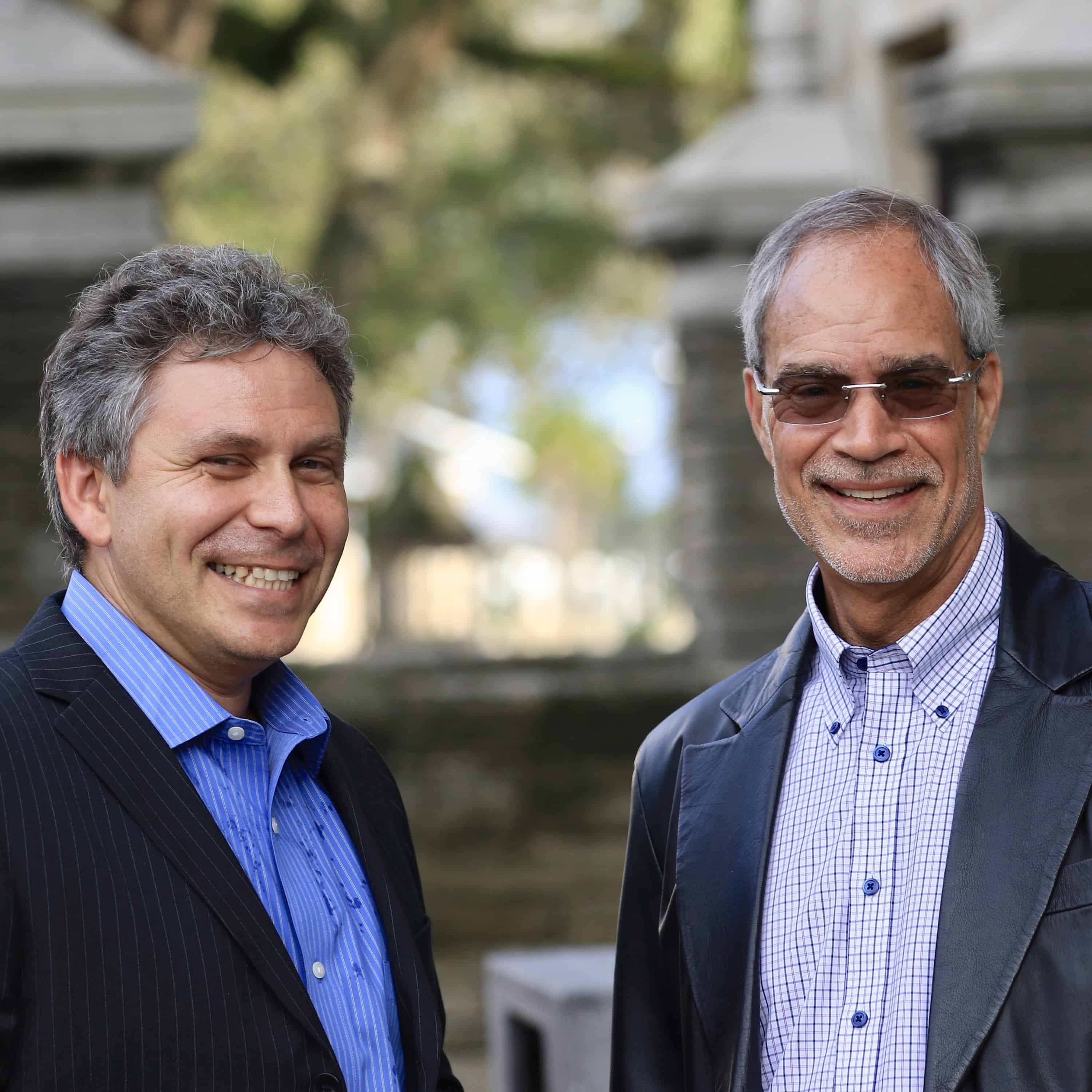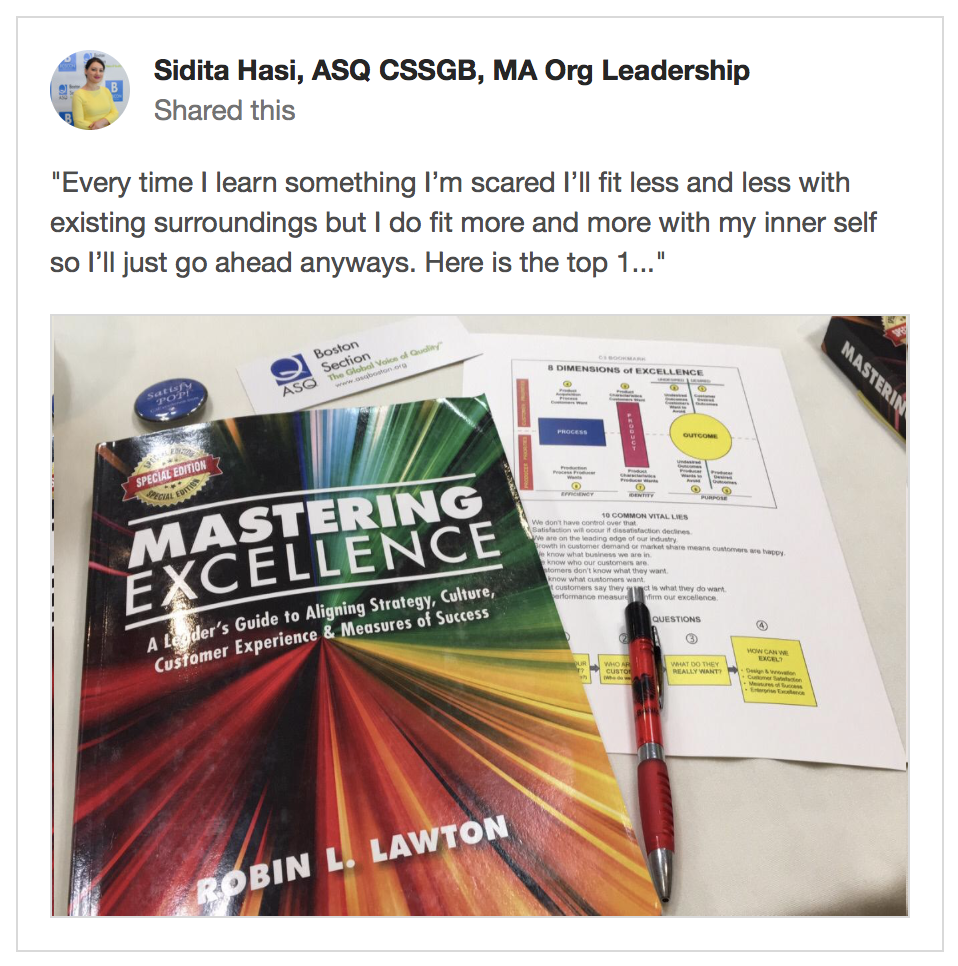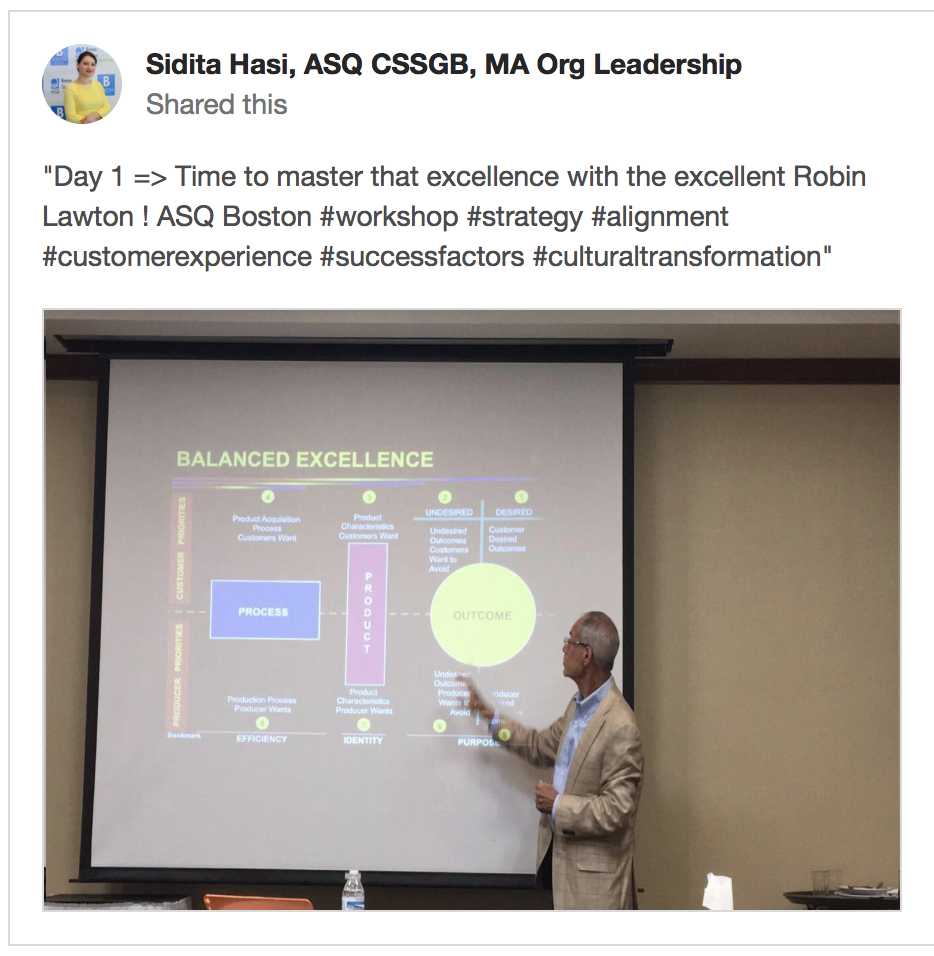International Institute for Customer-Centered Leadership (IICCL)
Sarasota, Florida
Join us at our next public event!
Tony Belilovskiy, Vice President, IICCL, with Robin Lawton
For more information please contact Tony (781) 710-0285 or Tony@C3Excellence.com
Purpose of the International Institute for Customer-Centered Leadership
The mission of the International Institute for Customer-Centered Leadership (IICCL) is to offer public workshops that are based on the customer-centered culture (C3) principles and system. Those public events expand access to thought-leading material that is otherwise only offered on an in-house basis. We passionately believe that enabling enterprises to understand and satisfy their customers’ unmet and unknown needs makes a direct contribution to the social well being of everyone in the wider society. We act locally to guide change for individual organizations while our intent is to think globally about how the sum of those changes will advance society as a whole.
Changing culture at any level is one of the most difficult tasks a leader or change agent can pursue. The business literature is replete with stories of failure. That is despite many hundreds of millions of dollars expended in the effort over the years. We are also aware that commonly practiced initiatives under names such as Lean, Six Sigma, ISO 9001 and others have had a poor record of impact on the life of customers. So we know this is a high-risk endeavor, not for the faint of heart.
We have been fortunate to find ways to reduce risk, accelerate the rate of change, magnify customer impact, engage employees, create astounding results and sustain the change achieved. Our mission is to teach others how to do that.
Our clients are impatient and so are we. They want simplicity, speed, raving fans, high ROI, initiative scalability and an unassailable position in their industry without a huge investment. In other words, they want new thinking, new strategies, new tools and new successes. Those are the kinds of aspirational results we help our clients get.
Although based in Sarasota, we partner with universities, professional societies and other mission-driven groups of leaders to offer our workshops to the public virtually anywhere in the world. A good partner has a large and influential membership who are central to the performance improvement of their native enterprises, have a burning desire to be among the best at creating customer-experienced success and can’t wait to see significant change they have created. Click here for details on our Partnership Program.
For more information on C3 Excellence, Inc. please review this website and join us on LinkedIn.
What the International Institute for Customer-Centered Leadership Does
One of our core strategies is to transfer our C3 technology and tools to those with insights that recognize issues such as the following:
- Significant improvement is needed and possible.
- Customer priorities are unlikely to be fully understood without better tools.
- There are more problems to solve than time to solve them; effective and repeatable prioritization is essential.
- The satisfaction of customers and employees is intimately connected.
- Solving problems is a tactical pursuit, achieving new outcomes is strategic.
- Past practices are insufficient for transformation.
- New practices will leverage and build upon, not reject, current efforts.
- Strategic objectives, customer experience, product design/innovation and measures of success must be aligned and integrated with daily work.
- Any new initiative will benefit from identifying and engaging first those with high readiness to change, not necessarily those who “need to” change.
- Intent not tied to rewards and consequences is merely hope; hope is not a strategy.
Change leaders with such insights are eager to learn and apply their new knowledge. This is made possible on an in-house basis by our parent company, C3 Excellence, Inc. The IICCL works with partnering organizations to make that possible through programs open to the public virtually anywhere in the world.
Partners with IICCL include universities, professional societies and other mission-driven groups of leaders and high performers. A good partner has a large and influential membership who are central to the performance improvement of their native enterprises, have a burning desire to be among the best at creating customer-experienced success and can’t wait to see significant change they have created.
International Institute for Customer-Centered Leadership – How We Do It
The C3 system has been applied for over three decades to solve the unique challenges confronting transformation leaders of knowledge-intensive enterprises. Rob’s books, articles, workshops, strategic advisory work and unique tools provide the body of knowledge supporting all International Institute for Customer-Centered Leadership programs.
C3 uses critical systems thinking, a systems approach, plain language and an inspiring new paradigm of excellence that enables practitioners to solve many problems. The following are simply a few illustrations of what participants learn:
How to determine what to work on first. How C3 does it:
1. Describe and prioritize the desired outcomes your customers and you most want to experience. This is a strategic and aspirational pursuit. Leaders can easily get derailed in several ways, such as the following:
- Focus on fixing undesired outcomes. That problem-driven approach can lead to sub optimizing and tactical solutions, missing strategic imperatives.
- Attend mainly to the organization’s internal, producer-desired outcomes. These include process, cost, profit, competition and other issues the organization cares about but customers do not.
- Articulation of producer-desired outcomes but not those wanted by customers.
- Emphasize the search (and use of tools) for the root cause of a problem, not the root cause of customer success.
- Establish measures of success and goals to attain that the organization wants, omitting or minimizing those customers want.
- Champion the use of projects designed to solve problems, mistakenly believing many projects will lead to culture change customers will notice.
2. Define all work as tangible, countable deliverables: products. This is a significant departure from thinking of work as activity. How we define work determines how we perceive and attempt to solve problems. If work consists of activity, then we will want to examine and improve processes. The beneficiaries are likely to be those who work with the process internal to the organization. On the other hand, defining work as a product immediately suggests the kinds of people who will receive and use the product to achieve a desired outcome. Those who will benefit from improvement will be those customers of specific products. Since all outcomes are dependent on the design and use of specific products, prioritizing outcomes (described above) leads intuitively to prioritization of potential products to be addressed.
How to know who “the customer” is you need to satisfy. How C3 does it:
- Reject the internal/external dichotomy. This outdated, simplistic idea assumes that knowing where the customers are located matters. If we are customer-centered, all customers matter. Attending to their location takes our eye off the ball.
- Identify the role a customer plays with the product. The customer can only be meaningfully identified in relation to a specific product and can only play three roles. The idea that customers can play only three roles with a product is new, simple, pragmatic and very powerful. Those roles are end user, broker and fixer. The end user refers to anyone who will personally use the product. Brokers pass the product, literally or figuratively, to the end user. Fixers modify, correct, install or amend the product for the end user. A single individual may play multiple roles with a single product at different times. That makes it essential to know which role is being played before we can seek to understand the “voice of the customer”.
- Avoid referring to a diverse group as “the customer”. That means an organization cannot meaningfully be considered the customer for a specific product unless everyone in that organization actually receives and uses that product.



